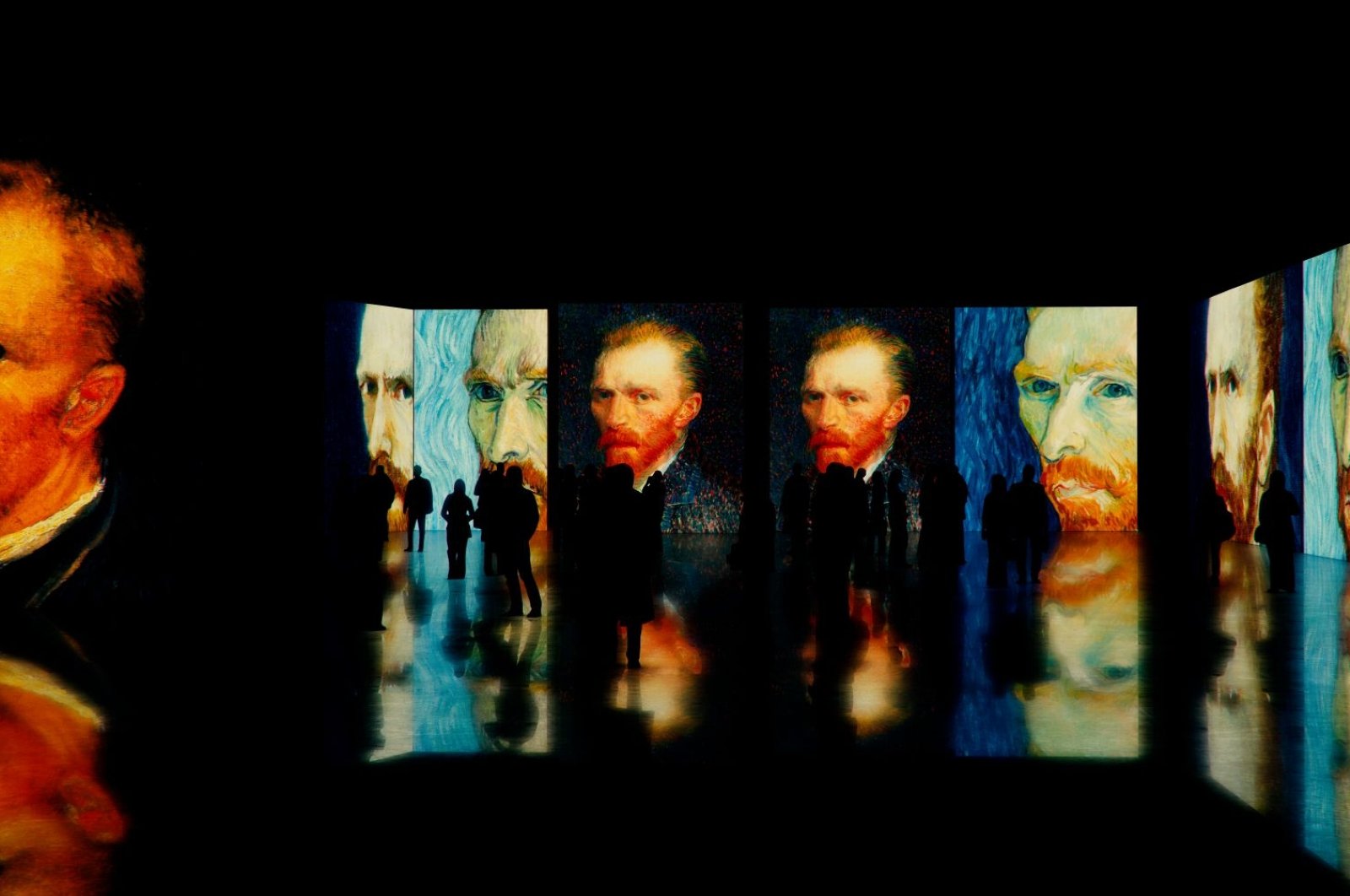The Story Behind the Bedroom: Van Gogh Bedroom Painting Location

Vincent van Gogh’s “The Bedroom” is more than just a depiction of a simple room; it’s a window into the artist’s mind and a reflection of his turbulent life. Painted in 1888, during a period of intense creativity and emotional turmoil, the work reveals much about Van Gogh’s artistic vision and his personal struggles.
The Context of the Painting
“The Bedroom” was painted in the Yellow House, a home Van Gogh shared with fellow artist Paul Gauguin in Arles, France. This period marked a significant turning point in Van Gogh’s artistic development, as he embraced a vibrant palette and a more expressive style. However, it was also a time of intense mental instability, marked by episodes of depression and anxiety.
The painting itself is a testament to Van Gogh’s desire to create a sense of peace and tranquility amidst his personal struggles. He saw the bedroom as a refuge, a place to retreat from the anxieties of the outside world.
The Room Itself, Van gogh bedroom painting location
Van Gogh’s bedroom was a modest space, located on the second floor of the Yellow House. The room featured simple furnishings, including a bed, a chair, a washstand, and a small table. The walls were painted a pale yellow, a color that Van Gogh believed to be associated with warmth and optimism.
The room was also decorated with personal touches, such as a framed print of Japanese woodblock prints, which Van Gogh greatly admired. These details offer a glimpse into the artist’s personal taste and his appreciation for beauty.
Artistic Choices
Van Gogh’s artistic choices in “The Bedroom” are striking and deliberate. He uses bold colors, particularly yellow, blue, and green, to create a sense of depth and vibrancy. The perspective of the painting is unconventional, with the bed and the furniture appearing to tilt forward, creating a sense of unease and instability. This distortion reflects Van Gogh’s own internal struggles and the emotional turmoil he was experiencing at the time.
The brushstrokes are visible and energetic, capturing the artist’s passion and intensity. They also create a sense of movement and energy, further emphasizing the emotional charge of the painting.
The Significance of the Bedroom

The “Bedroom in Arles” is more than just a depiction of a room; it is a powerful testament to Van Gogh’s artistic vision and his desire to create a sense of intimacy and tranquility. This painting, executed in the midst of his creative fervor in Arles, reflects his profound connection to the simple yet essential elements of life.
Symbolism in the Painting
The seemingly ordinary objects in the painting—the chair, the bed, and the window—are imbued with symbolic meaning. They are not merely furniture but rather representations of Van Gogh’s personal experience and artistic expression.
- The Chair: The empty chair in the foreground, placed strategically in the light, symbolizes the absence of the artist himself. It invites the viewer to imagine Van Gogh sitting there, lost in thought or engaged in his creative process. The chair also represents the artist’s solitude and his yearning for connection.
- The Bed: The bed, positioned prominently in the center, represents rest and refuge. It signifies a space of solace and contemplation, where Van Gogh could retreat from the world and delve into his inner thoughts and emotions. The bed’s simple yet elegant design echoes the simplicity and directness of Van Gogh’s artistic style.
- The Window: The window, overlooking the garden, represents the connection between the interior and the exterior world. It symbolizes Van Gogh’s desire to find harmony between his inner life and the natural world. The sunlight streaming through the window illuminates the room, casting a warm and inviting glow.
